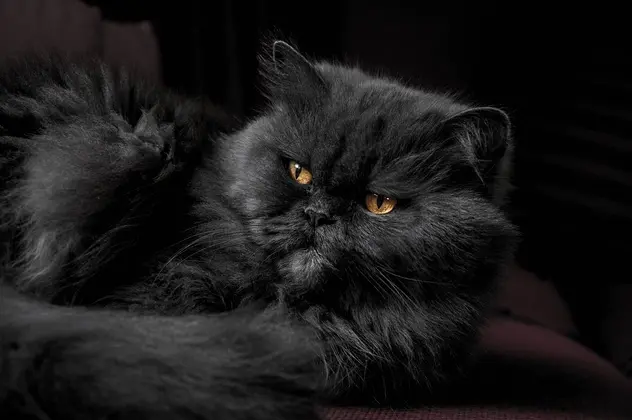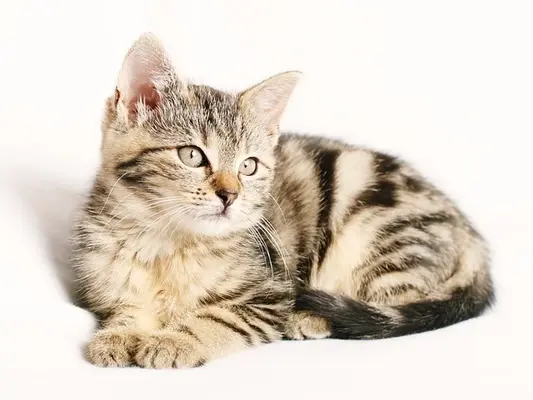Hairless cats have gained a lot of popularity among cat breeders with their distinctive look and charming charm. One of their strange behavior can surprise the owners and that is hairless cat poop on walls.
often Owners are confused its habit or behavior to why hairless cat poop on the walls and What are the reasons behind this behavior? By understanding this and dealing with it we can make effective strategies In this article, we will explore the various factors that cause hairless cat poop on walls. we Will discuss about proper litter box training techniques, offer guidance on maintaining cleanliness, address possible medical causes, and provide behaviors to prevent pooping on walls.
Introduction Hairless Cats Their Behavior
Background of Hairless Cats
Hairless cats are an interesting and unique breed and they are also called Sphynx cats. Hairless cats very popular breed in cat lovers around the world. This is because they do not have hair on their body, Sphynx cats have sensitive skin but still have a lively and loving nature with their owner. This breed also has its own behaviors and tendencies like other cats. That can sometimes leave owners confused or scratching their heads.
Hairless Cat Breeds
The most famous hairless breed is the Sphynx in the world. But there are other breeds that don’t have hair on their body. Like Bambino, Donskoy, and Peterbald are all hairless breeds but each generation has a different classification. Thus, each generation has its own unique personality and qualities. That makes each one unique from the other and that can affect their behavior in different ways for whatever reason.

Reasons Behind Hairless Cat Poop on Walls
Triggers and Causes
Hairless cat poop on walls seems like a strange behavior Most of the general health issues can be behind it. That may be the main reason. such as digestive problems or urinary tract infections the most important is to look at behavior. And it’s important to rule out any medical conditions before addressing the behavior.
Stress and Anxiety Factors
Hairless cat poop on walls through Stress and anxiety can also be a major cause. The cause of stress and anxiety is change in environment, such as moving to a new house or the arrival of a new family member in your house that can trigger stress in them. It is very important that you give them a calm and safe environment. A safe environment can help reduce their anxiety.
Environmental Factors
Often the cleaning of the litter box and the place where they are placed is not good. This is also an important factor that needs to be fixed. If the litter box is difficult to access and moreover it is not clean So, your hairless cat may find an alternative place to relieve itself. You should put their litter box in a place where it is convenient for them. It meets their needs.
Litter Box Training Tips for Hairless Cats
It is important to successfully litter box train your hairless cat. But patience and consistency is essential to learn. Follow these tips to help your cat learn proper habits:
Choose the Right Litter Box
Always choose a litter box with a bottom that makes it easy for your hairless cat to get in and out of. And keep it in the part of the house where your cat often comes and goes the toilet can be any place such as a bathroom or laundry room. Always fill the box with a very fine, sandy clumping litter to prevent irritation of your cat because your hairless cat has sensitive skin.
Regular Feeding and Watering Schedule
You should always feed your hairless cat at the right time and in the right amount. Do not give food frequently otherwise their routine may be disturbed. And always keep fresh, clean water available for them. This will help your cat to establish a regular toilet routine. Always take your cat to the litter box after eating and drinking. So that they get used to using the box.
Supervise Your Cat Closely
Keep a close eye on your hairless cat. When you bring it in the first few weeks and look at the habits and signs you don’t want your cat to have. Like scratching on floors, doors, or walls. Keep your cat in the litter box most of the time. Especially when you see your cat sniffing and scratching after eating. When your cat uses the litter box, make it a pleasure for you and provide your cat with praise and rewards.



